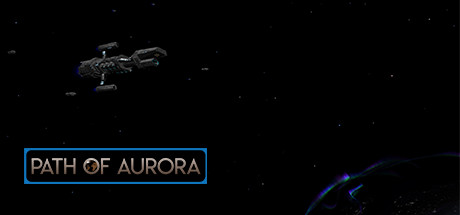If imitation is the sincerest form of flattery, then how flattered should Homeworld be?
Type: Singleplayer
Genre: Strategy
Developer: Project Starmap
Publisher: Project Starmap
Release date: 8 Apr, 2020


Homeworld was released all the way back in 1999, to near-universal praise. It was an RTS set in space, with full 3D movement, and that alone set it apart from all the other RTSs that was released around the time. The years following, two sequels were released, also to near-universal praise. And then, nothing. Unlike the other successful RTSs of the time, like StarCraft, and Command & Conquer, there were no imitators, no-one decided to make anything similar, and the few other strategy/tactics games that were set in space decided to draw their inspiration from elsewhere.
Why start with that paragraph? Because finally a game has decided to take up the banner, and make a game similar to Homeworld. Path Of Aurora is an RTS set in space, with full 3D movement, where you get to make and control a large fleet of ships, and battle it out with the other space-faring races. And this game wears its inspiration on its sleeves, with most of its mechanics drawing inspiration from Homeworld.
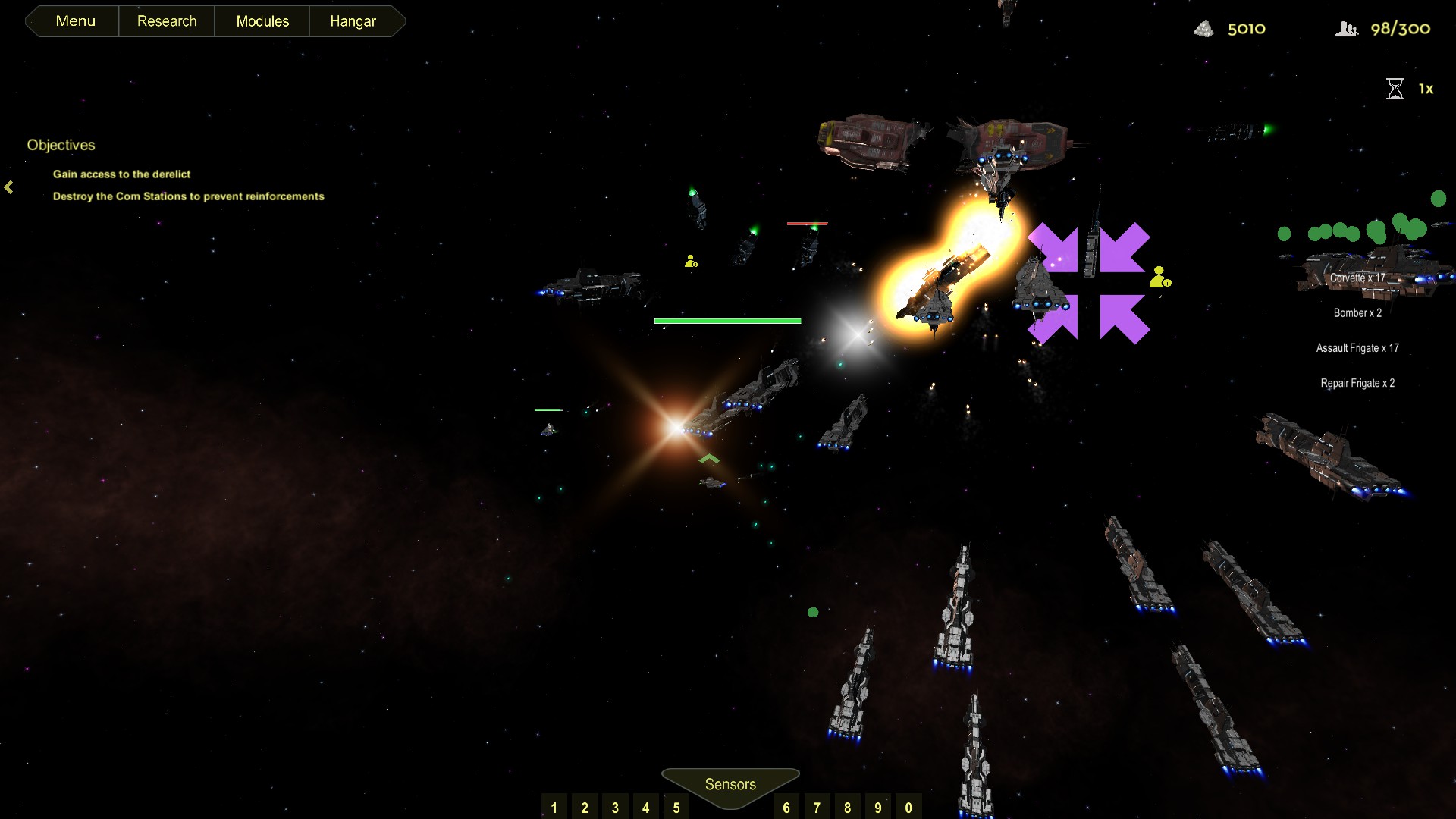
Story & Setting
In the future humanity has really ruined earth. Climate change has gone out of control, and mankind needs to either find a new home, or a way to fix the planet they’ve ruined. Through a concerted effort, humanity was able to produce their first warp-capable ship, that would be able to travel to nearby solar systems, to find a new home.
But on its maiden voyage, this ship finds an ancient hull, and in it an artifact. When brought back to the ship, something happened, and the ship, with all its crew, was flung far away from earth, into an unknown area of space. Not everyone in this new area of space is friendly, and now the crew needs to find their way back home, while fending off hostile aliens, and at the same time figure out what just happened.
While the setup is hardly unique for a sci-fi story, and some of the story beats feels heavily inspired by Homeworld, but it’s not a bad story. At times it feels a bit rushed, like the developers had plans for more, but had to cut back on things. It does not feel like there are holes in the story though, it just could have used a bit more time to flesh things out properly.
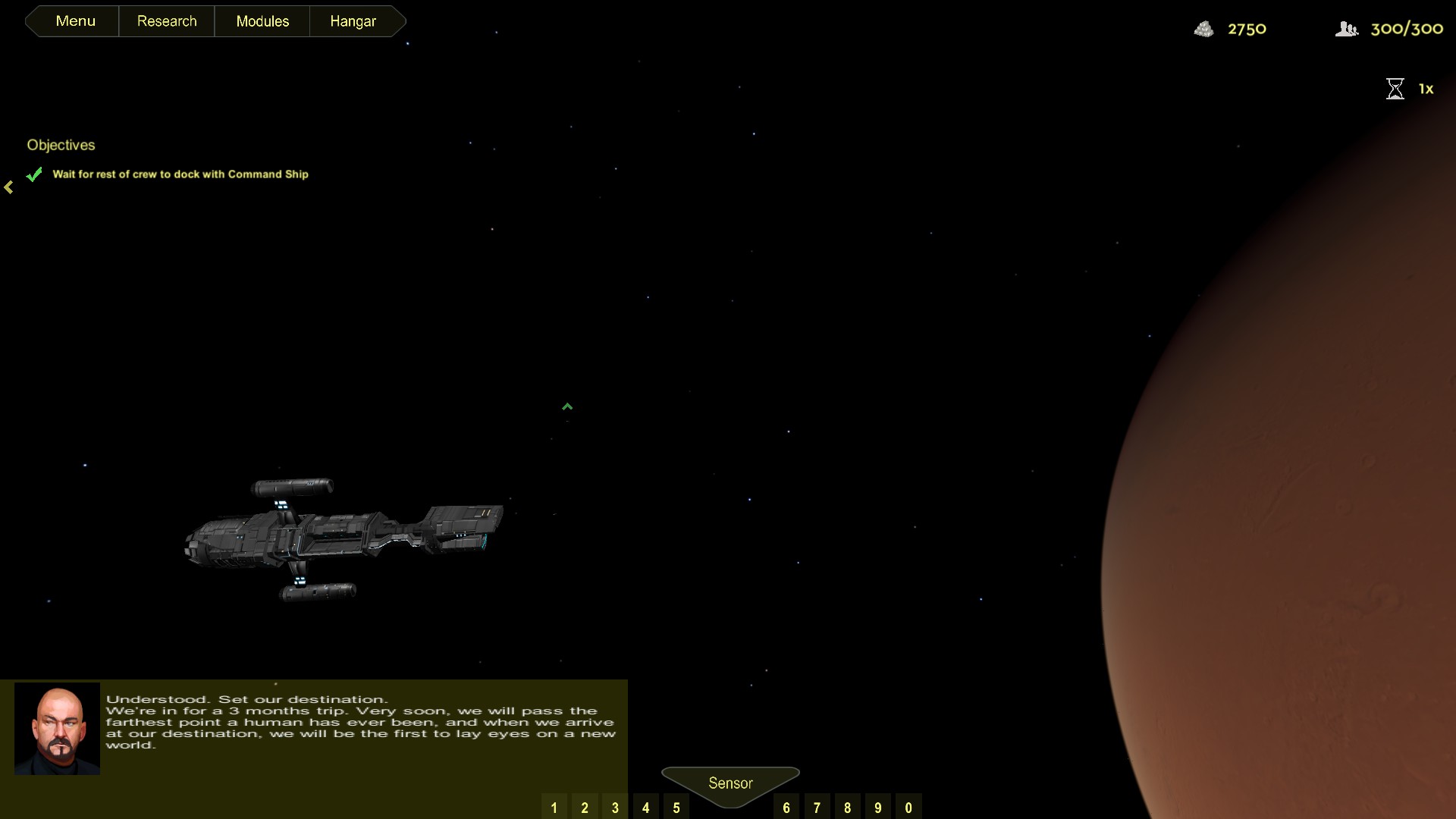
Presentation
Path of Aurora was not made by a big team, and in some places, it really shows. The games interface is not pretty to look at, and it often has simple, rectangular, solid coloured buttons, with white text. In the main game view, the interface is fine, the research and construction views are where the games interface gets ugly. It’s functional though, and while not pretty to look at, it’s also not hard to navigate.
Luckily the rest of the game looks better than the interface. The ship models are not very complex, but they’re also not bad looking. Even at a distance, it’s clear that these models were not made with a AAA budget, but in action, things look pretty good. The command ship in particular has a distinct design, so it stands out from all the other ships, which in turn also makes the space battles look a bit more interesting. Sadly most of the other ships don’t really stand out in the same way, and once battle gets going, it’s hard to tell at a glance which ships are doing what, but at least the most important ship stands out from the crowd.
One area where Path of Aurora stands out in a really good way is the voice acting. It’s common for games made on a small budget to suffer from bad voice acting, and it’s better to have no voice acting than bad voice acting, but in the case of Path of Aurora, the voice acting is more than solid. All the voice actors do a good job, and their performance help the game feel less dry than it otherwise might. The solid voice performances also helps draw attention away from the interface, which is a plus. The games soundtrack and sound effects are also good, and help make the game feel more alive. Overall, the game just sounds good.
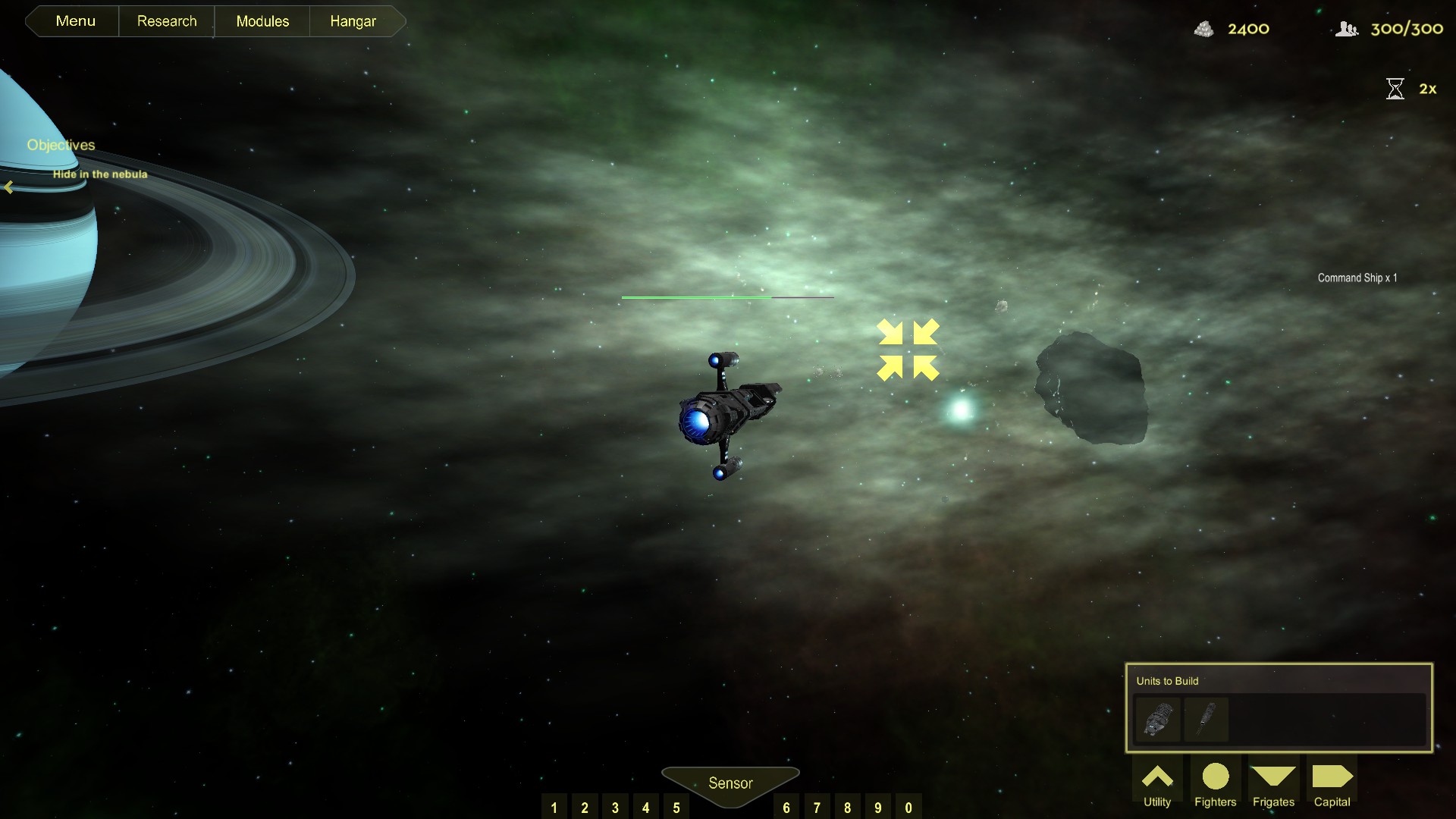
Gameplay
If you’ve ever played Homeworld, you’ll recognize most of the things here. It’s an RTS with full 3D movement, based around a main command ship. While the command ship is not as big and impressive looking as the one in Homeworld, it serves a similar function.
Your command ship is where most of the important things happen. It produces new ships, act as a drop-off point for resource collectors (you get another ship that can also act as a drop off point later in the game), and it’s also not a bad fighter. Through the campaign, you’ll upgrade this ship, giving it better weapons, and the ability to produce larger ships, and these changes are also visually represented on the model.
Resource collection is simple. You’ve got resource collection ships, which fly to asteroids and mine them. Once they are full, they’ll return to your command ship, and they’ll repeat this until they run out of nearby resources, at which point you need to order them to collect from other asteroids.
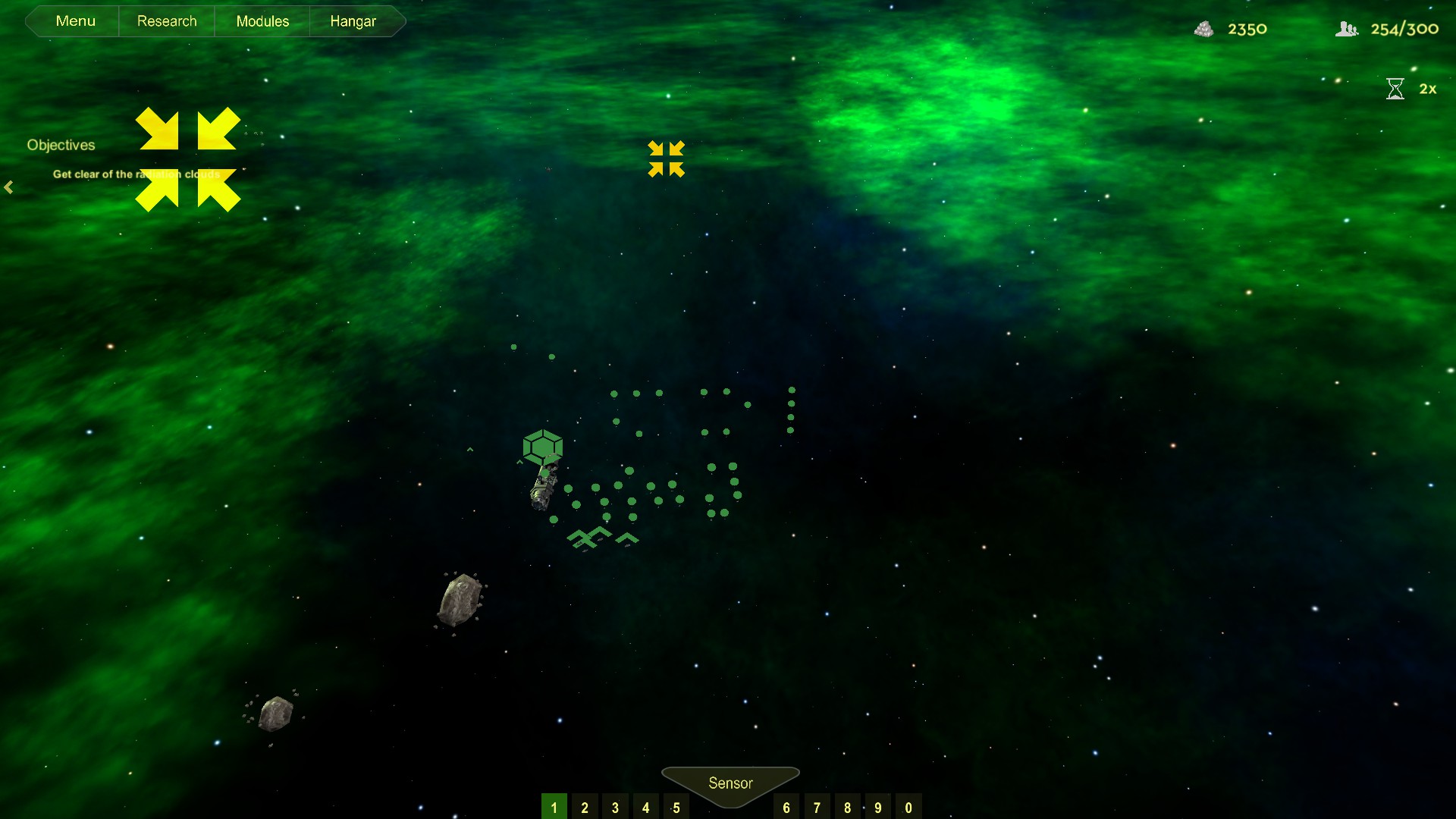
Ship production is similarly simple, you just select what you want to build, and your command ship builds it. Early on in the campaign, you just have access to basic fighters, but later on, you can build some decently large ships. You’ve got two resources to worry about though, minerals that you get from mining asteroids, and crew members. The later starts at 300, and goes down when you build more ships. If a ship gets destroyed, you can rescue any crew members that it had, to get them back, but you never get more than the initial amount. And the amount of crew members a ship needs depends on the ship. A fighter only needs one, while a destroyer needs 20, and then there’s a whole slew of ships that are in-between those requirements. Only your command ship, and one other ship that you get later, can rescue lost crew members, so you can’t just sit back with your command ship and never move it.
Ships and resources carry over between levels, so you’re incentivized to mine the map for all its worth, and keep your ships alive. You can’t prevent all your ships from dying, but you can make sure that you at the very least don’t throw away the ones you have in fights they can’t reasonably win.
Combat is where the cracks of the game are starting to show. There’s not a whole lot you can do to improve your chances of winning combat, other than to make sure that you have more, and better, ships than the opponent, and also don’t use incredibly mismatched ships. An anti-capital ship frigate is for an example better against large ships, and thus will die quickly against bombers, while doing minimal damage in return. But combat is so chaotic, and selecting the right ships during it is not easy, so it’s easier to just have more ships than the opponent, and just smash your superior fleet into the opponents fleet. The use of 3D space never really becomes a factor in combat either, as ships are able to turn fast enough to face their opponent faster than you can flank them. It would be possible to try and attack the enemy from more sides, so that they need to waste some time turning in combat, but that’s not easy to set up, particularly not with the controls this game has.
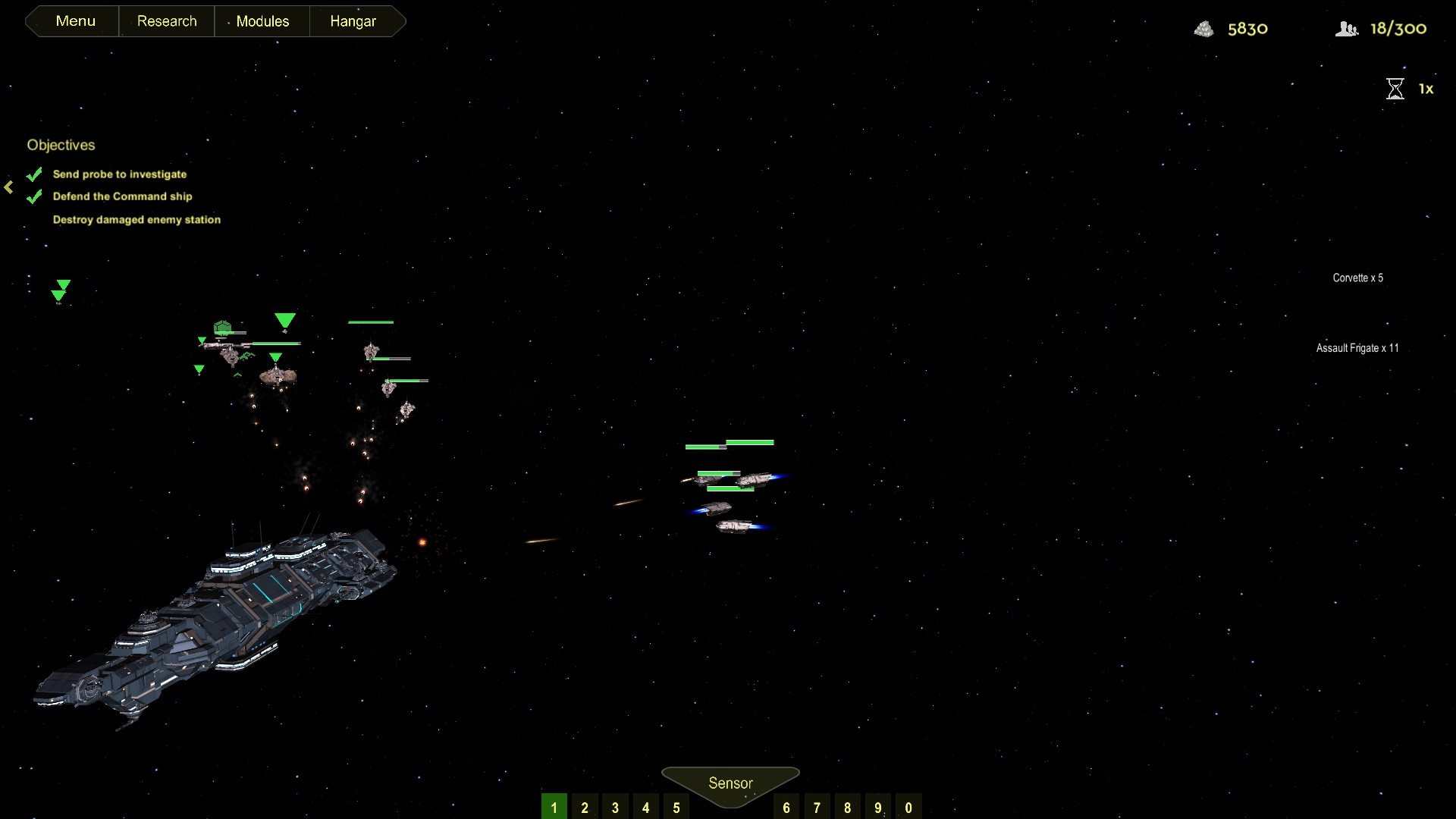
The controls is another place where this game falters. It’s not easy to position ships properly in 3D space, and without a way to force your ships closer together, through formations or similar, it can be a bit of a pain to gather your fleet after a hectic battle. Sadly it’s not helped by the fact that when ordering your ships to move, one or two might decide that they have an appointment elsewhere, and go off in some weird direction, like fly away at a 90̒° angle from the pack. Giving attack orders onto specific ships can also be a bit of a hassle, as you need to click on the model itself. Which is fine for a capital ship, but not a fighter. If you miss the model with your click, the game will read it as a move order, and if your camera is angled in a way that’s not right above, it can end up being a move order that sends your ships far away from where you actually want them to go. Ships have symbols hovering over them that show what type they are, and if they’re friend or foe, so being able to click on those would have made targeting anything that’s smaller than a capital ship a lot easier.
There’s no skirmish mode, or multiplayer, just a main campaign. Depending on what you play an RTS for, this might either be a dealbreaker, or not matter at all. The main campaign is good, but a bit on the short side.
The game has some technical issues that really need to be ironed out. Certain effects can really slow the game down to a crawl, even on a computer that should be able to handle it. Selecting ships can also be a hassle. When you have a group of different ships selected, you can see all the ship types you have selected on the right side, and if you click on the name of one of those, you select just that ship type. That’s a good system, but it does not always work, and for some reason, it can take quite a while for the game to deselect ships, over half a minute at times. And sometimes it just keeps other ships selected. There were also instances where ships just would not go away from the selection menu, even if they were destroyed.
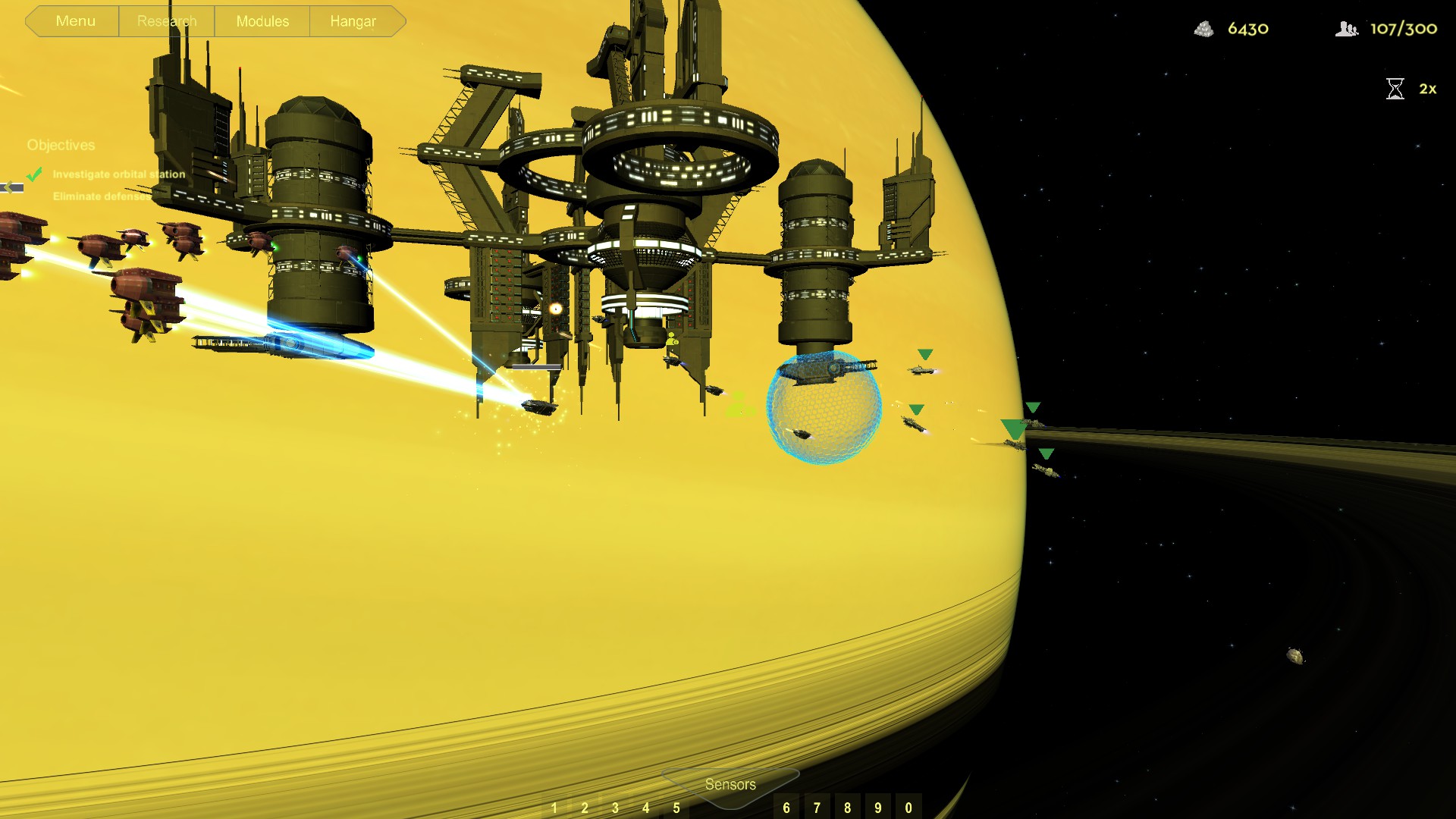
Closing Thoughts
Path of Aurora should have been released in early access. There’s a solid game here, even if it can be a bit shallow, but there are just too many bugs and technical issues holding it back, at the time of writing at least. For some, it might be worth trying to ignore all these bugs, just to get something similar to Homeworld, but I would recommend waiting for a few more patches, before getting it.

